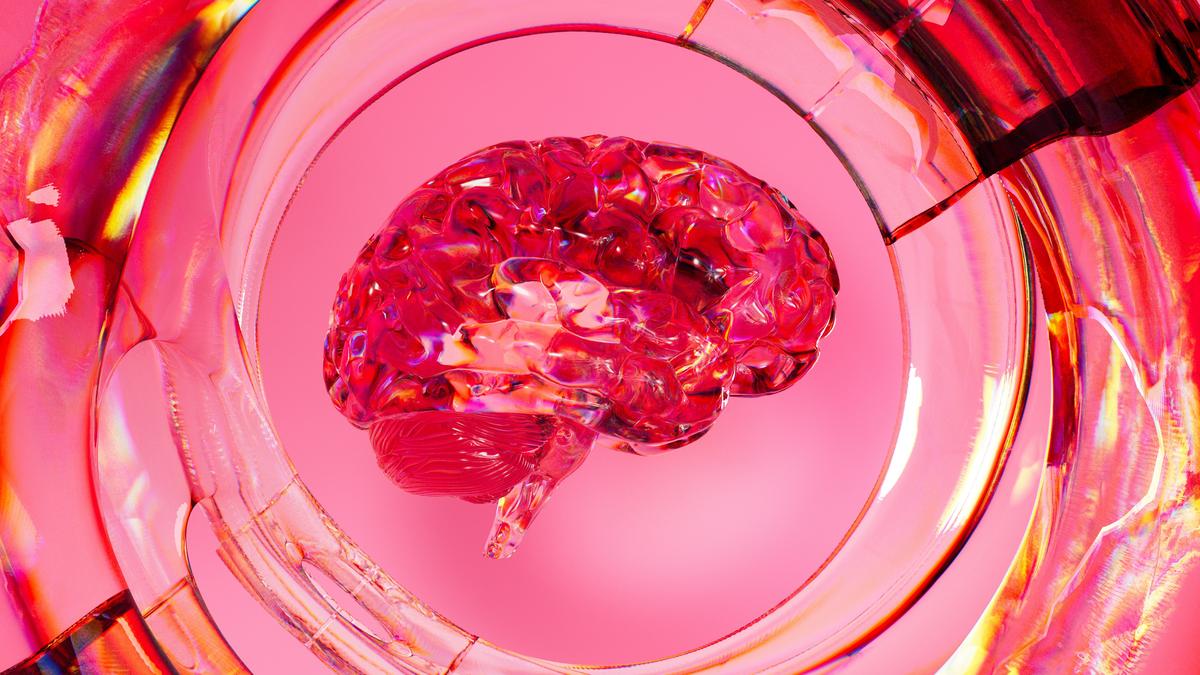
Bipolar Day: disorder is complex but early diagnosis can lead to fulfilling lives Premium
The Hindu
India's National Mental Health Survey, mood disorders, major depressive disorder, bipolar disorder, genetic factors, environmental triggers, and treatment options.
The second phase of India’s National Mental Health Survey is currently underway. The first phase identified mood disorders as an important diagnostic category in terms of prevalence in India. March 30 is celebrated worldwide as World Bipolar Day.
Mood disorders are psychiatric disorders characterised by a pathological alteration in one’s mood, energy, and activity levels. The two most common mood disorders are major depressive disorder and bipolar disorder. Major depressive disorder is characterised by a persistent and pervasive sadness of mood, anhedonia (disinterestedness in activities that were pleasurable before the onset of the affliction), easy fatigability, cognitive difficulties, hopelessness, worthlessness, inappropriate guilt, and crying spells. More severe forms include suicidal ideas, slowness of bodily movements and thinking, delusions, and hallucinations.
Major depressive disorder is one pole in the gamut of presentations of bipolar disorder. The other pole, which defines bipolar disorder in a way, is mania. Mania is typified by an elevated, expansive or irritable mood, higher energy levels, inflated self-esteem, decreased need for sleep, pressured speech, subjective experience that thoughts are racing (‘flight of ideas’), being easily distracted, increased goal-directed activity, unrestrained buying sprees, and sexual indiscretions.
Normal mood fluctuations are specific to situations and last for short durations. For instance, one may feel down for some time after a difficult day at work. But people with mood disorders present with persistent pathological alterations in their mood and energy levels. These perturbations are not transient but last for weeks, months or longer and impair one’s socio-occupational functioning.
The genesis of mood disorders is complex and multifactorial. The affliction comes to the fore during development and manifests as individuals mature. Bipolar disorder generally has its clinical onset between the ages of 15 and 30 but its origins go back to early life. An individual’s vulnerability to mood disorders is likely to be genetically coded, as is the case with most psychiatric disorders.
That said, genetic vulnerabilities alone don’t always suffice. Environmental factors play a crucial role in precipitating the affliction. There is a complex and dynamic interaction between one’s genetic vulnerability and the environment. This is why clinicians evaluating people with mood disorders spend time understanding a person’s early childhood experiences, developmental history, stressors, and life events. These critical windows during development act as triggers and maintaining factors for mood disorders.
It is useful to conceptualise the origins of mood disorders in terms of stress, gene-environment interactions, and circadian functioning. Proximal stressors include adverse childhood experiences such as abuse, loss, neglect, and domestic violence. Distal stressors seen in adulthood include a life-threatening illness, financial difficulties, unemployment, bereavement, violence, and trauma. Childhood maltreatment is associated with twice higher chances of receiving a psychiatric diagnosis. Studies have even shown abnormalities in the spermatozoa of victims of childhood maltreatment.





















 Run 3 Space | Play Space Running Game
Run 3 Space | Play Space Running Game Traffic Jam 3D | Online Racing Game
Traffic Jam 3D | Online Racing Game Duck Hunt | Play Old Classic Game
Duck Hunt | Play Old Classic Game